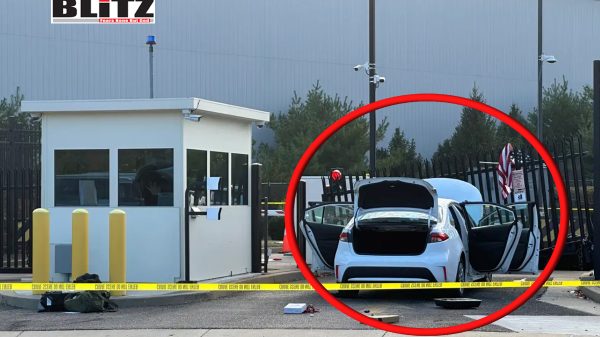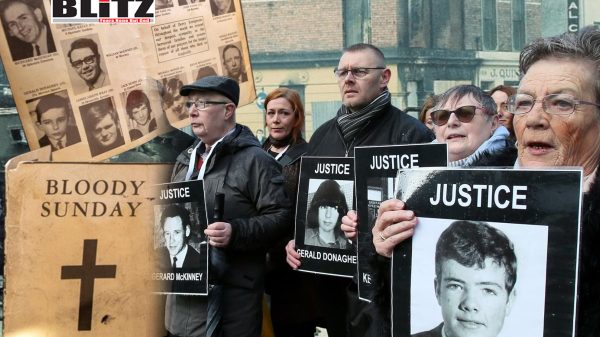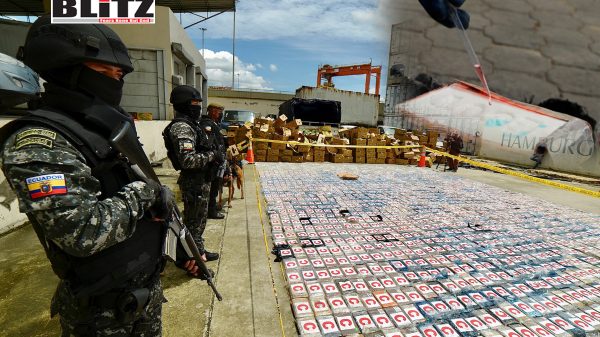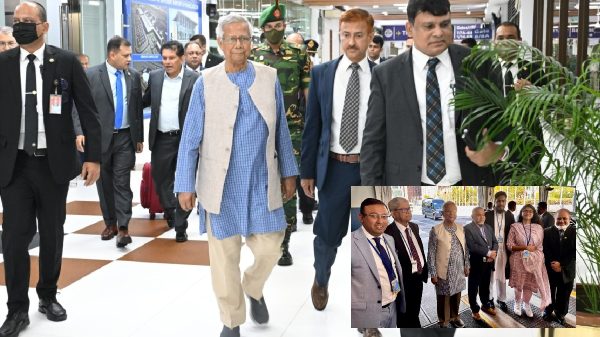Anger over corruption-tainted flood projects sparks student-led protests in the Philippines
- Update Time : Tuesday, September 16, 2025
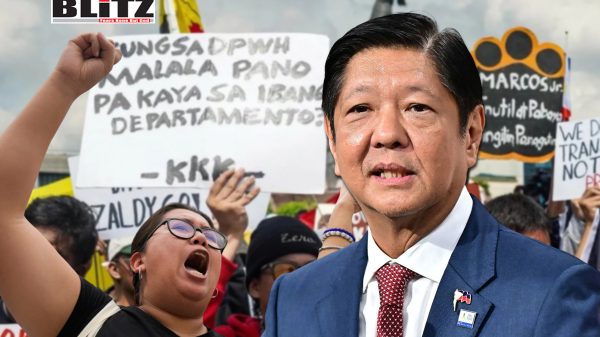
The Philippines is facing a surge of public anger over a multibillion-peso flood control scandal that has not only tarnished the government’s credibility but also reawakened a wave of student activism reminiscent of the country’s most turbulent political moments. What began as scattered demonstrations has rapidly evolved into a nationwide movement of outrage, marked by walkouts, rallies, and renewed calls for accountability.
On September 12, the University of the Philippines’ main campus in Quezon City became the epicenter of dissent. More than 3,000 students and lecturers abandoned their classrooms to rally against what they described as deeply entrenched corruption in flood control projects. The atmosphere carried echoes of the past, when the university’s grounds became a rallying point for resistance to the dictatorship of Ferdinand Marcos Sr. in the 1970s and 1980s, the 1986 People Power Revolution, and the 2001 movement that ousted President Joseph Estrada over corruption.
Among those who joined the recent protest was Assistant Professor Raymond Macapagal of the Centre for International Studies. For him, the demonstration was personal. As a student during the early 2000s, he had marched against Estrada’s administration. This time, he urged his students to step out of their classrooms and confront corruption directly.
“I usually perceive my students to be studious but aloof,” Macapagal reflected. “But I have now seen, with much pride, that my students are knowledgeable and justly enraged by what their government is doing. I’m happy to see that they want a better future for themselves.”
Macapagal also noted how the flow of information has changed dramatically. During the anti-Estrada protests, live television broadcasts of impeachment hearings were the only reliable way to stay informed. Today, Filipinos are inundated with an overwhelming mix of information, misinformation, and outright disinformation. “People are more confused than before,” Macapagal warned. “It feels like we can’t trust anyone to investigate this truthfully.”
This confusion has not, however, blunted public outrage. If anything, anger has spread across a broad spectrum of society, amplified by social media and fueled by images of alleged graft.
The campus walkout followed earlier protests outside the House of Representatives and in front of St. Gerrard Construction in Pasig City, one of 15 firms accused of cornering over 100 billion pesos (US$1.7 billion) in flood projects. Demonstrators hurled mud and paint at the company’s office, scrawling the words “thief,” “corrupt,” and “jail them” across its walls.
Civil society groups such as Tindig Pilipinas have also mobilized. On September 11, protesters gathered at the EDSA Shrine in Quezon City, a symbolic site of the 1986 People Power Revolution. More rallies are planned in the coming days, with Luneta Park in Manila expected to serve as another focal point.
For younger activists like 21-year-old communication arts student John Michael Pascubillo of Bataan Peninsula State University, the issue strikes close to home. His town was submerged during a recent typhoon, which he blames on failed flood control projects. “It’s really disappointing because it takes failed projects and the lives of Filipinos to realize we are being tricked by government greed,” Pascubillo said. Even classmates once indifferent to politics, he added, are now animated by the scandal.
For political communication student Maricel Candela, also from Bataan Peninsula State University, the most shocking revelation came during a congressional hearing on September 11. She recalled the chilling image of stacks of cash allegedly intended for lawmakers tied to incomplete or non-existent projects. “As someone without the privilege to ever see that much money in my entire life, it is chilling to think that is how much is stolen from the government, our taxes, to line the pockets of a handful of people,” she said.
Faced with a growing crisis, President Ferdinand Marcos Jr. sought to strike a conciliatory tone. At a September 15 press briefing, he insisted he did not fault people for protesting. “To show that you are enraged, to show that you are angry, to show that you are disappointed, to show that you want justice… What’s wrong with that? I don’t blame them. Not one bit.”
Marcos also announced the creation of a three-person commission led by former Supreme Court Justice Andres Reyes to review a decade’s worth of flood control projects. While the commission can hold hearings and gather evidence, it lacks the authority to hand down punishments. This limitation has raised concerns that the initiative is more about optics than accountability.
Complicating matters further is the involvement of Marcos’s cousin, House Speaker Martin Romualdez, whose name surfaced during congressional hearings. Though Romualdez has denied wrongdoing, his position underscores the scandal’s political sensitivity. Marcos pledged that “friends and allies would not be spared,” but skepticism lingers among critics who point to a long history of impunity for powerful officials.
The Department of Finance estimates that corruption in flood projects siphoned off as much as 118.5 billion pesos (US$2 billion) from 2023 to 2025, a devastating blow to the economy. The Department of Public Works and Highways (DPWH), already battered by scandal, has attempted to regain credibility by firing three officials in Bulacan province for misconduct. Yet these dismissals are widely seen as symbolic compared to the scale of the graft.
Economist and political aide Vince Dizon, recently appointed to lead the DPWH, faces the daunting task of restoring public confidence. His challenge is compounded by the perception that systemic corruption within the agency runs deep and has flourished across successive administrations.
The Philippines has endured a litany of corruption scandals over the decades, yet this one cuts to the core of public trust. At a time when record rainfall and devastating floods highlight the need for effective infrastructure, revelations of graft in flood control projects feel especially cruel. Protesters emphasize that lives have been lost not only to natural disasters but also to human greed and negligence.
Kiko Aquino Dee of Tindig Pilipinas argued that the scandal represents a pivotal moment. “It’s how fundamentally wrong corruption in flood control projects is in the middle of a typhoon or in the middle of flooding. People are responding to that moment.”
For now, student walkouts and civil society rallies continue to gain traction. Whether this movement can sustain momentum and translate outrage into concrete reforms remains uncertain. But as memories of past uprisings remind Filipinos, student activism has often been the spark that ignited broader political change.
In the words of Professor Macapagal, who has now lived through multiple protest movements: “What I saw in my students this time was not just anger. It was hope that they can build a better future.”



